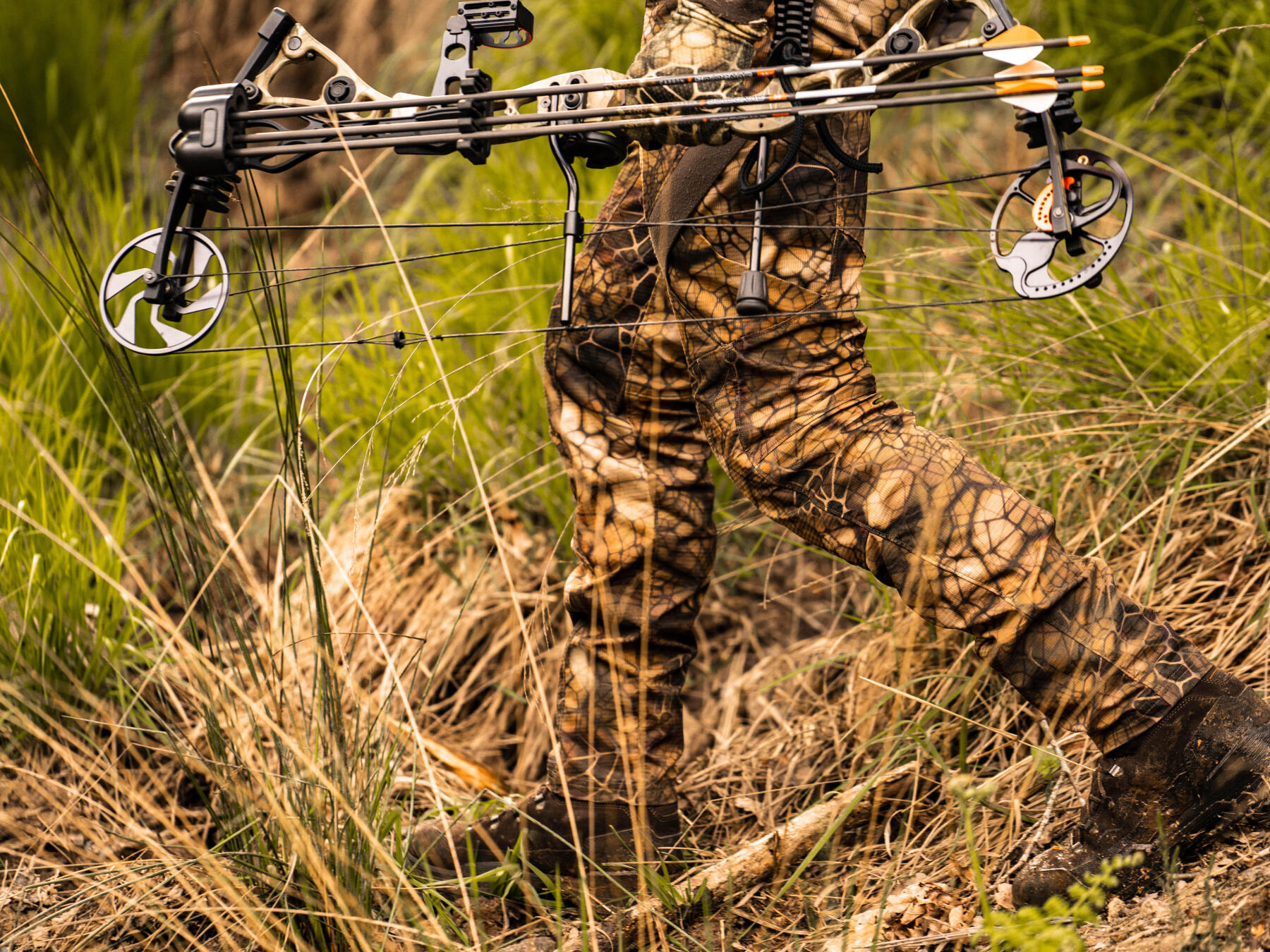#To be a bow hunter
Bow hunting is a shooting sport that can be pursued by stalking, lying in wait in a hide, or in a driven hunt, involving small game on the ground or in the air.
For Renaud, this difficult and demanding close-up hunting requires "material that is adapted and optimised for the type of game being pursued. You need a perfect knowledge of your territory and the habits of the fauna living there. It requires silence and absolute mimicry during the hunting action, good physical condition, regular shooting practice, and unfailing self-control."
French legislation regulates this type of hunting since 1995. It permits the taking of all types of game that can be hunted in France, from the smallest to the largest.
To be able to hunt with a bow in France, you must be in possession of a hunting licence, proof of annual validation, up-to-date insurance, and a bow hunting certificate issued after participation in a compulsory training day (JFO). This consists of a specific training session, provided by the departmental hunting federations to people over 14 years of age.





